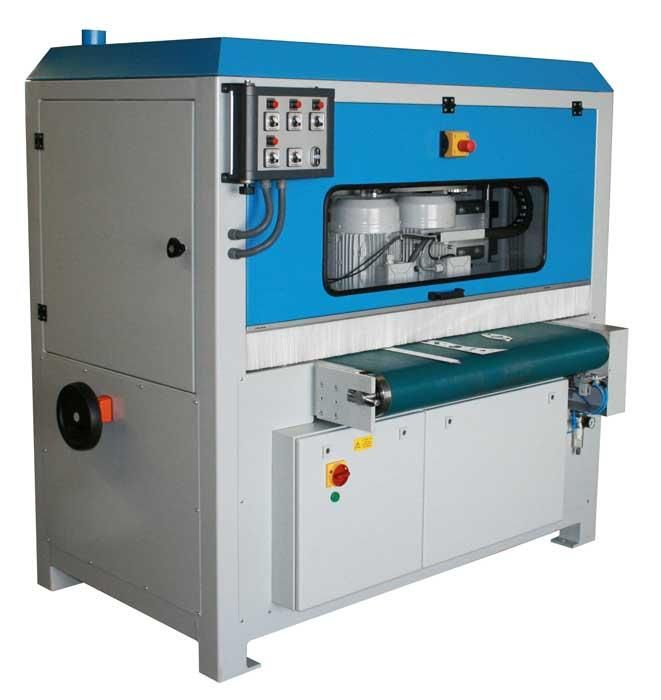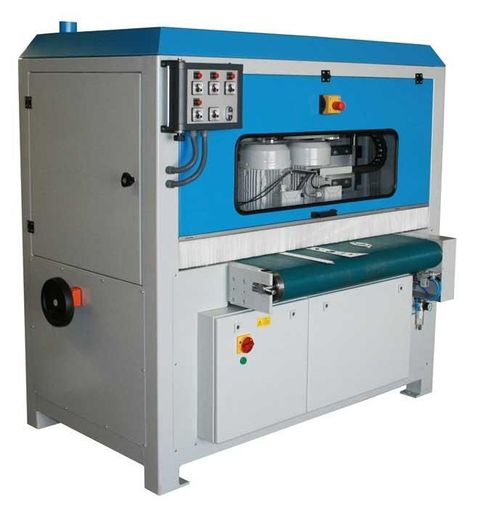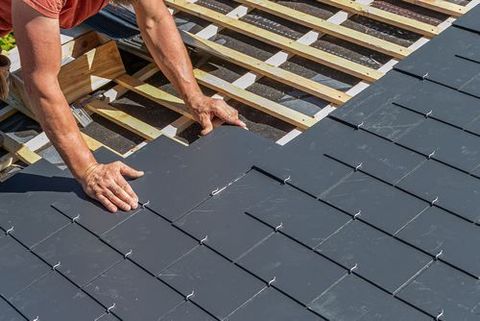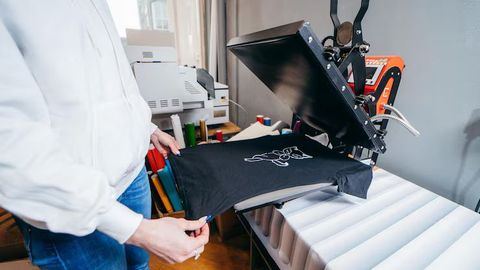Explore Deburring Machines: A Complete Guide to Industrial Finishing Basics
Deburring machines are essential tools in manufacturing and metalworking used to remove burrs, sharp edges, or unwanted material from workpieces after machining or fabrication. Burrs are small irregular projections that can affect product quality, safety, and performance. Deburring ensures smoother surfaces, better component fitting, and improved finishing — a key step in precision engineering.
This process is widely used in industries such as automotive, aerospace, electronics, and metal fabrication. Whether using manual methods or automated systems, deburring enhances both functionality and aesthetics of parts, making it an important stage in the production line.
Why Deburring Machines Matter
Deburring machines play a crucial role in maintaining high-quality standards and extending equipment lifespan. A burr left unchecked can cause mechanical issues, assembly problems, or even injuries during handling. Manufacturers invest in deburring systems to improve productivity, ensure safety compliance, and maintain product consistency.
Key reasons why deburring matters today include:
- Precision Manufacturing Needs: With increasing use of CNC machining and 3D printing, smoother finishes are vital for performance and efficiency.
- Safety Standards: Proper deburring minimizes the risk of sharp edges that can harm workers or damage tools.
- Global Quality Compliance: Many industries must meet ISO and ASTM finishing standards, requiring smooth and defect-free surfaces.
- Automation and Efficiency: Automated deburring reduces manual labor, ensuring consistent quality across batches.
For sectors like automotive and aerospace, deburring directly affects performance, aerodynamics, and reliability, making it a critical manufacturing stage.
Recent Developments and Trends in Deburring (2024–2025)
The past year has seen notable advances in deburring technology. Manufacturers are increasingly adopting automated, robotic, and AI-assisted systems to handle complex parts with minimal human intervention.
Some key updates include:
- Robotic Deburring Systems (2024): Companies like ATI Industrial Automation and Acme Manufacturing introduced intelligent robotic deburring tools that use sensors and vision systems for precise edge finishing.
- Eco-Friendly Abrasives: Growing emphasis on sustainability has led to new eco-compatible abrasives and brush materials that reduce waste and energy consumption.
- Integration with Smart Manufacturing: Modern deburring systems are now integrated with Industry 4.0 tools, enabling real-time performance tracking and predictive maintenance.
- 3D Printed Components: As additive manufacturing expands, specialized deburring solutions are emerging for complex geometries and delicate materials.
These innovations highlight how deburring continues to evolve alongside global manufacturing automation and digital transformation trends.
Regulations and Industry Standards
Deburring operations are influenced by industrial standards and safety regulations designed to ensure product integrity and worker protection. While there is no single law governing deburring machines, several guidelines apply globally and regionally:
- ISO 13715: Defines requirements for the edges of parts, ensuring proper burr removal and rounding.
- OSHA Guidelines (U.S.): Focus on safe machine operation, noise exposure, and handling of sharp components.
- CE Marking (Europe): Ensures deburring equipment meets European safety, health, and environmental standards.
- RoHS and REACH Compliance: Encourage manufacturers to use non-toxic materials in abrasives and finishing compounds.
In India, standards set by the Bureau of Indian Standards (BIS) govern surface finish quality in mechanical engineering and manufacturing. Adherence to these norms ensures global competitiveness and export eligibility.
Tools, Equipment, and Useful Resources
Deburring machines come in different types, each suited for specific materials and production volumes. Understanding their features helps in choosing the right system for industrial applications.
Common Types of Deburring Machines
| Type | Description | Typical Use |
|---|---|---|
| Vibratory Deburring | Uses vibrations and media to smooth parts in bulk | Automotive, electronics |
| Tumble Deburring | Rotates parts in a barrel with abrasives | High-volume metal parts |
| Brush Deburring | Uses wire or nylon brushes to clean edges | Sheet metal and precision components |
| Electrochemical Deburring (ECD) | Removes burrs using controlled electrolysis | Aerospace, medical devices |
| Thermal Deburring (TEM) | Uses combustive gas to burn off burrs in hard-to-reach areas | Engine parts, hydraulic systems |
Helpful Tools and Resources
- SME Manufacturing Knowledge Center – Technical resources and guides on surface finishing.
- Machinery’s Handbook Online – Reference for deburring standards and machining tolerances.
- Sandvik Coromant and Norton Abrasives – Offer product insights and process recommendations.
- YouTube Channels (e.g., Practical Machinist) – Visual guides to deburring methods and safety tips.
- CAD/CAM Software Integration Tools – Such as Autodesk Fusion 360 and Siemens NX, used for planning deburring paths in automation workflows.
Practical Insights for Effective Deburring
Achieving efficient and high-quality deburring requires a combination of proper equipment, skilled operation, and continuous monitoring. Some key insights include:
- Choose the Right Media: The size, shape, and composition of media (ceramic, plastic, steel) influence finish quality.
- Regular Maintenance: Clean and replace brushes or media periodically to prevent uneven finishes.
- Automation Compatibility: Select machines that can integrate with robotics or CNC systems.
- Quality Control: Use surface profilometers or digital microscopes to inspect burr removal accuracy.
- Environmental Considerations: Adopt dry deburring systems or recyclable abrasives to minimize waste.
These practices help maintain production efficiency while meeting environmental and quality goals.
Frequently Asked Questions
What is the main purpose of a deburring machine?
A deburring machine removes sharp edges, burrs, or rough surfaces from metal, plastic, or composite components after machining, ensuring a smooth finish and better product performance.
Which industries use deburring machines most?
Industries such as automotive, aerospace, medical device manufacturing, and electronics commonly rely on deburring to meet precision and safety standards.
Are deburring and polishing the same?
No. Deburring focuses on removing unwanted edges or projections, while polishing enhances surface appearance and smoothness. Both may be used sequentially.
Can deburring be automated?
Yes. Many modern systems use robotics and sensors to automate deburring, improving consistency and reducing manual labor.
What are the safety precautions in deburring?
Operators should wear protective gear, maintain proper ventilation, and follow machine safety standards to prevent accidents or exposure to dust and debris.
Conclusion
Deburring machines are an indispensable part of modern manufacturing, ensuring quality, safety, and precision in every finished product. With advancements in automation, sustainability, and AI-based quality control, deburring is transitioning from a simple finishing task to an intelligent and integrated manufacturing process.
By understanding the various machine types, adhering to industrial standards, and leveraging digital tools, manufacturers can optimize production lines, minimize defects, and meet global quality expectations. Deburring will continue to evolve as a vital element in the pursuit of precision engineering and sustainable industrial practices.







